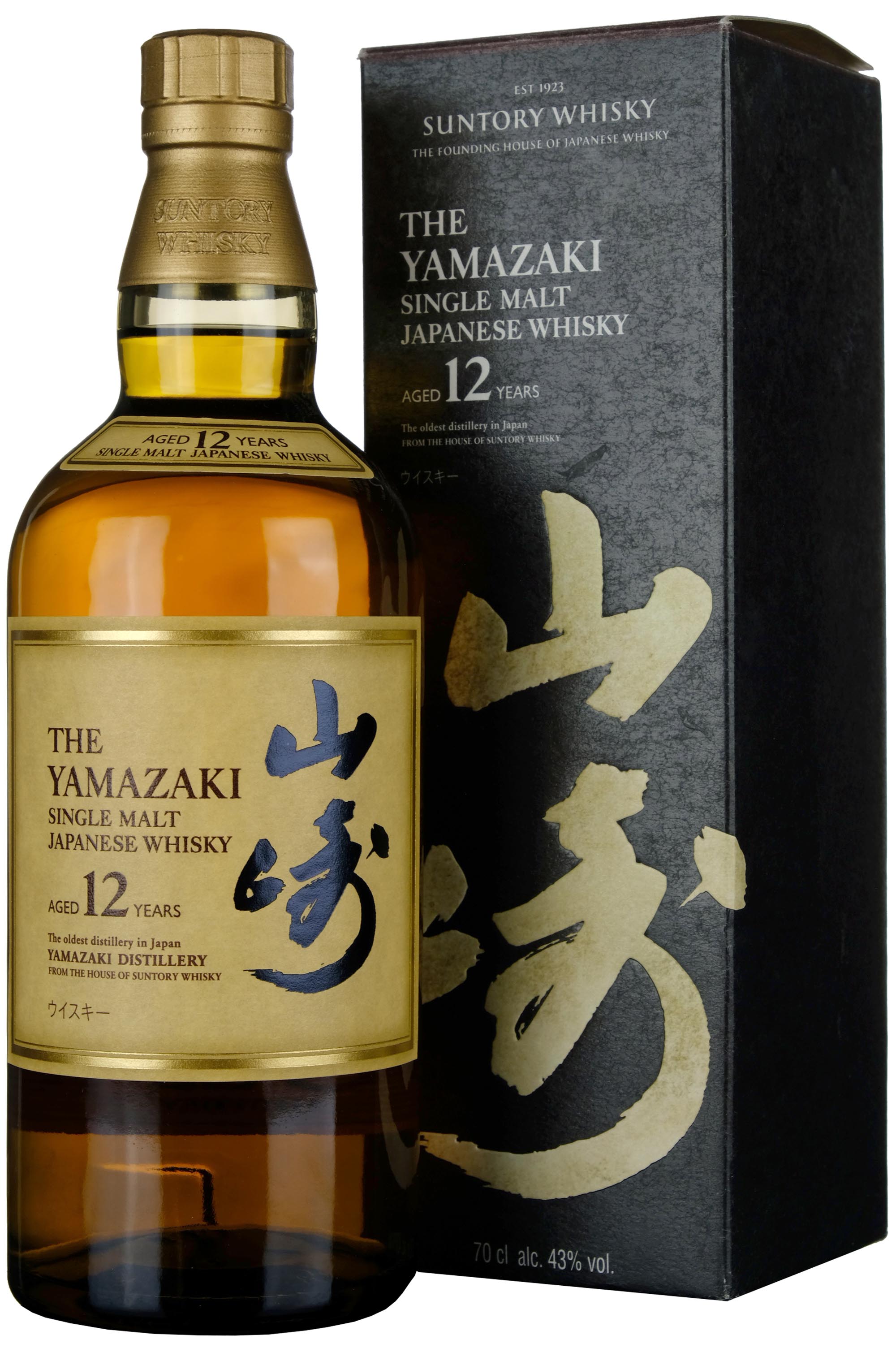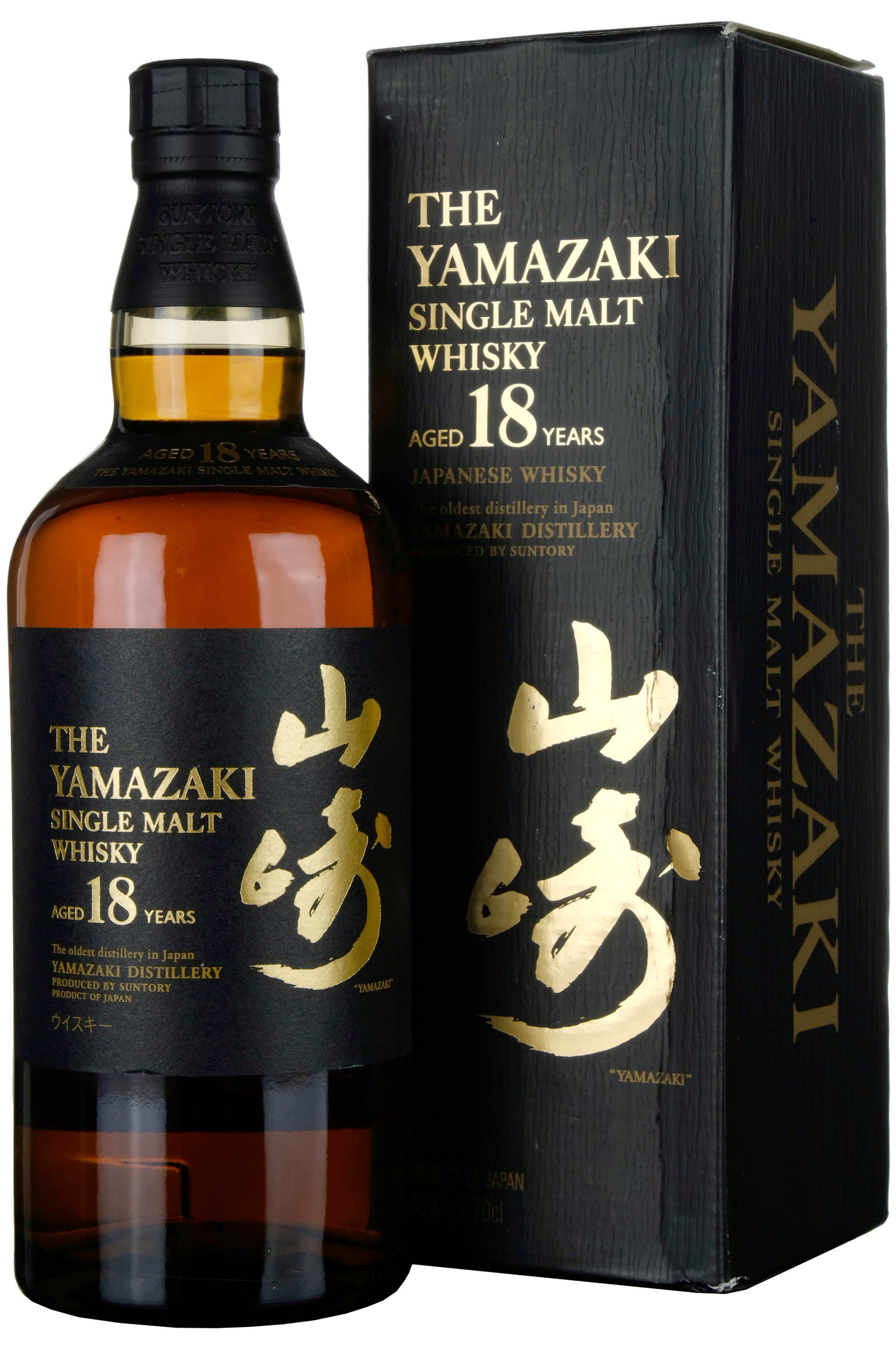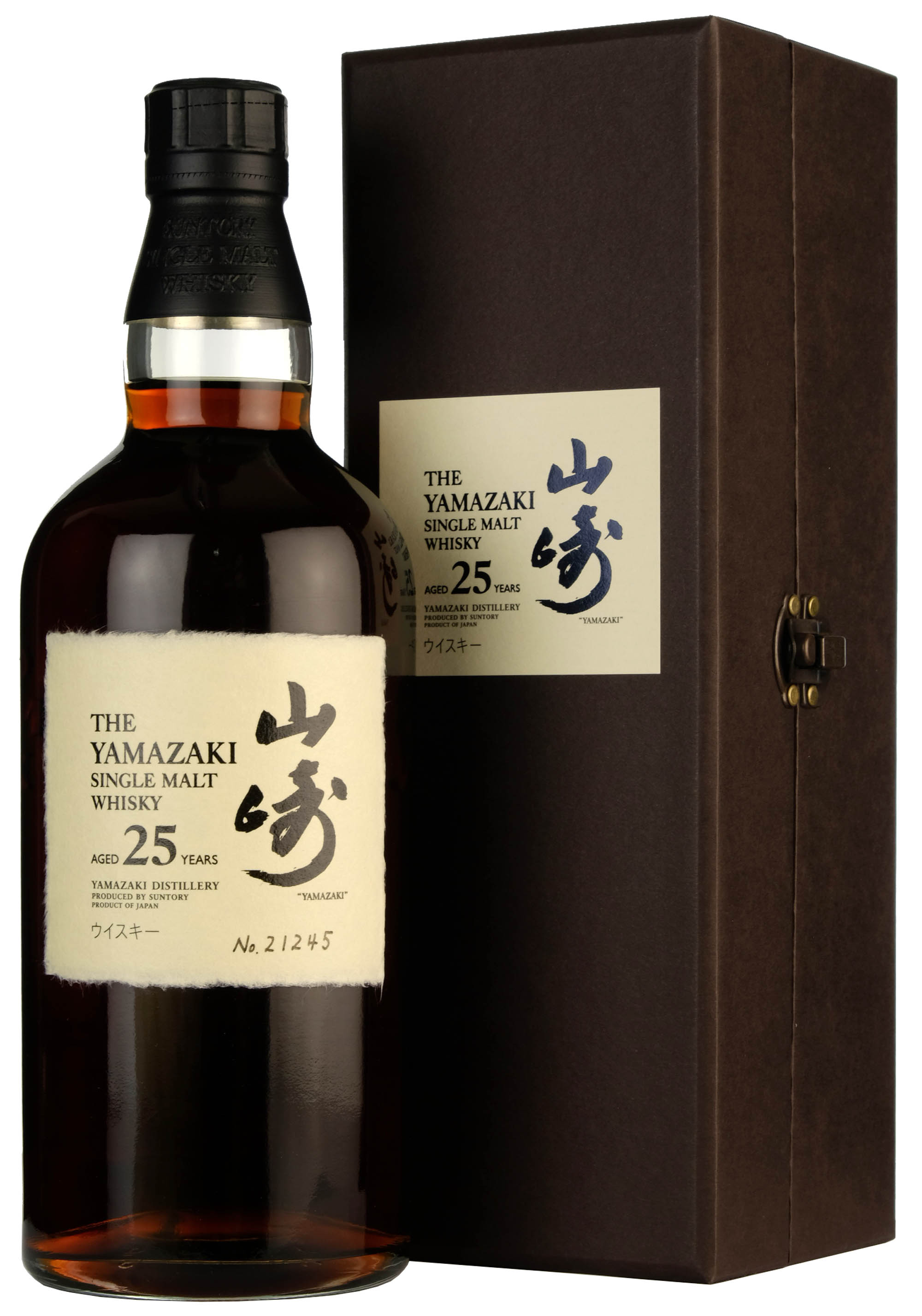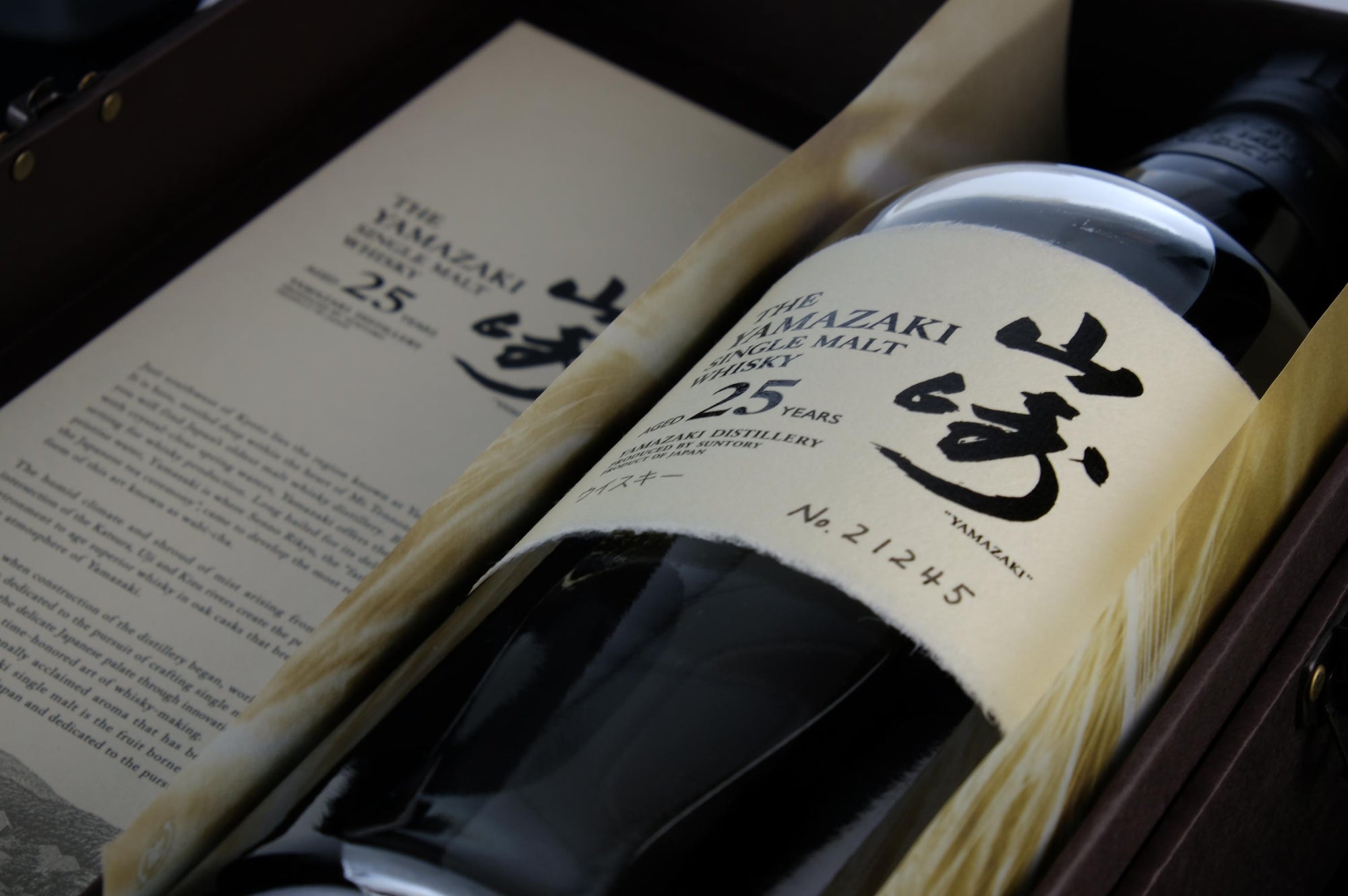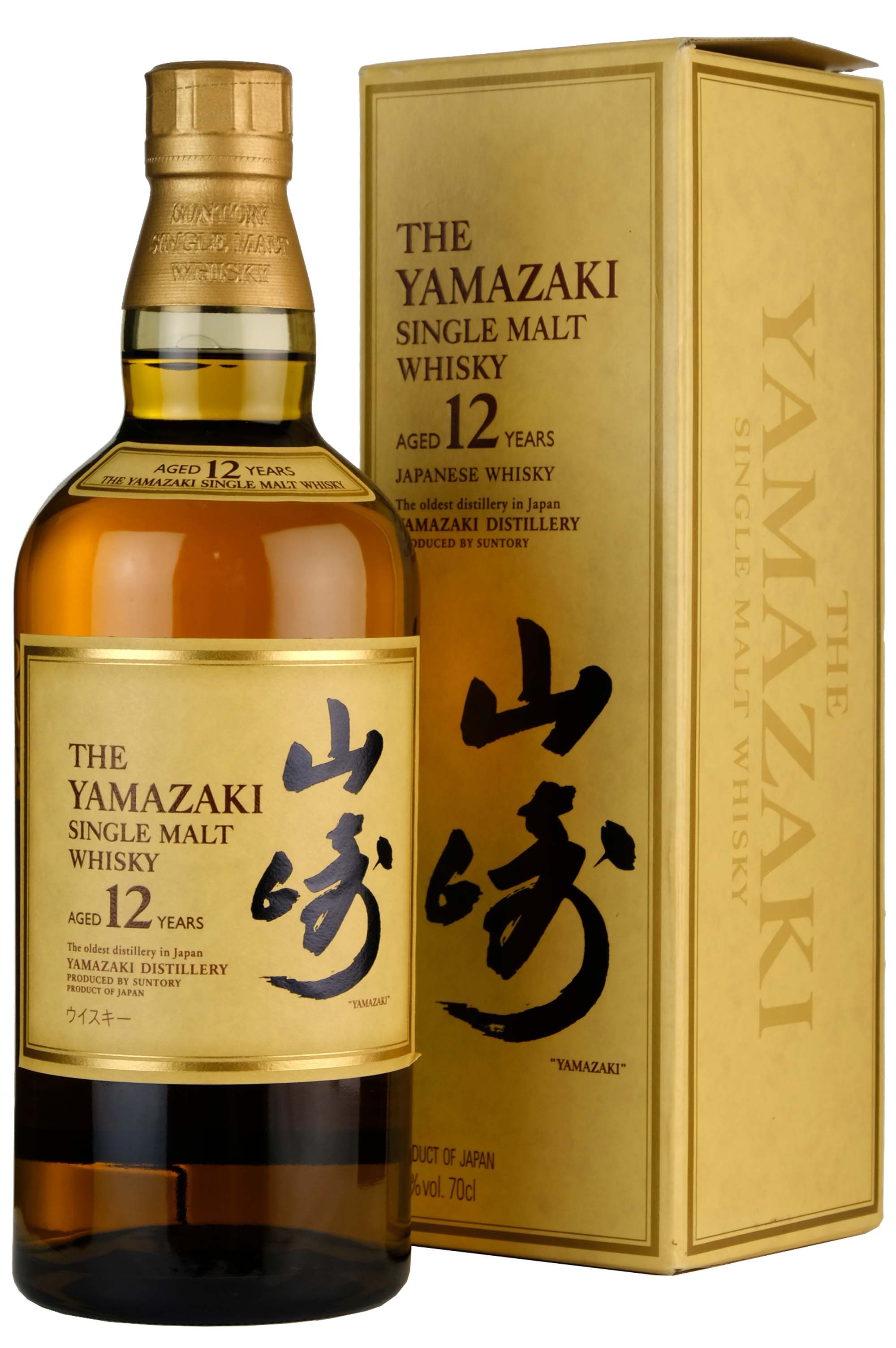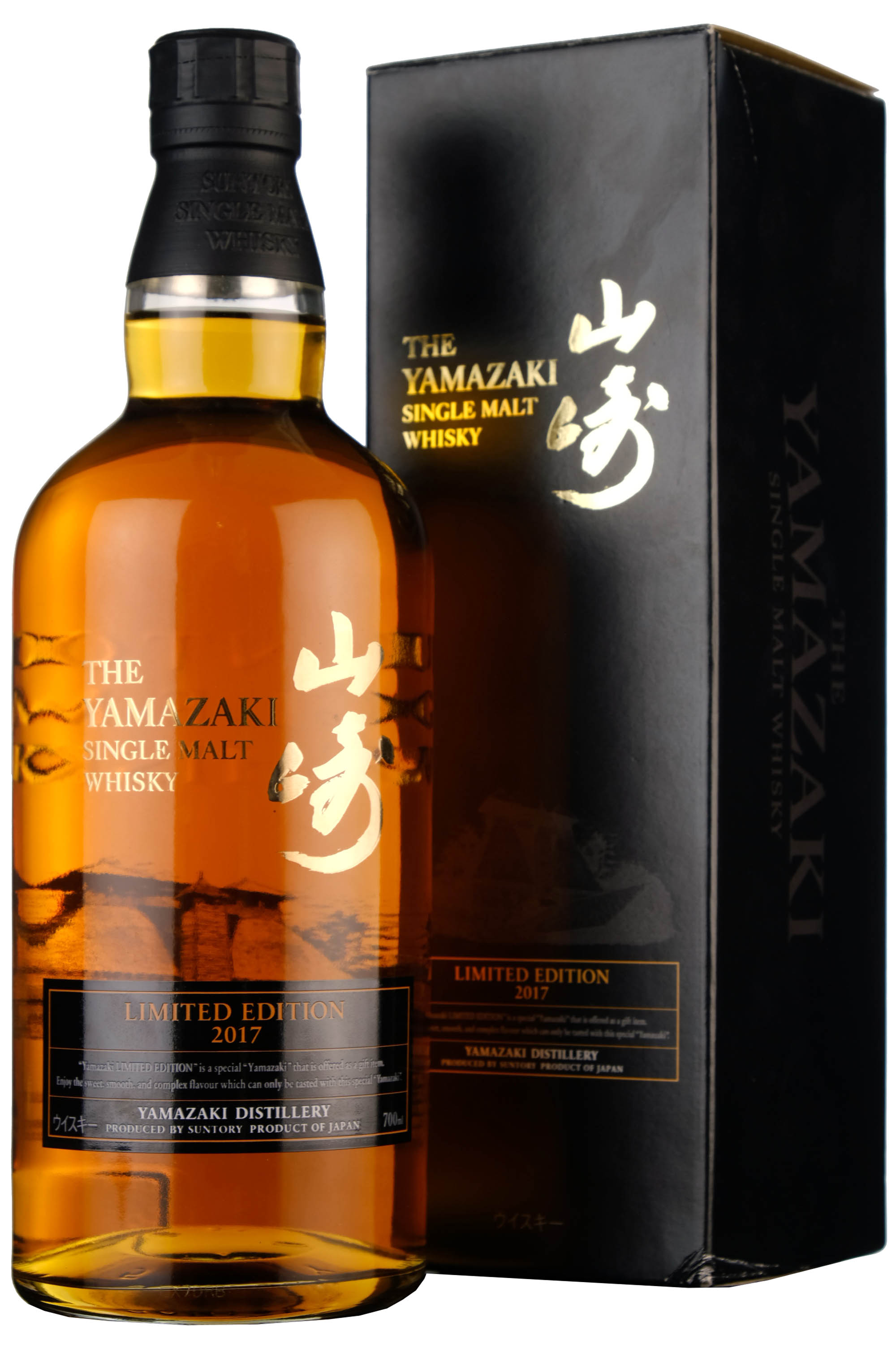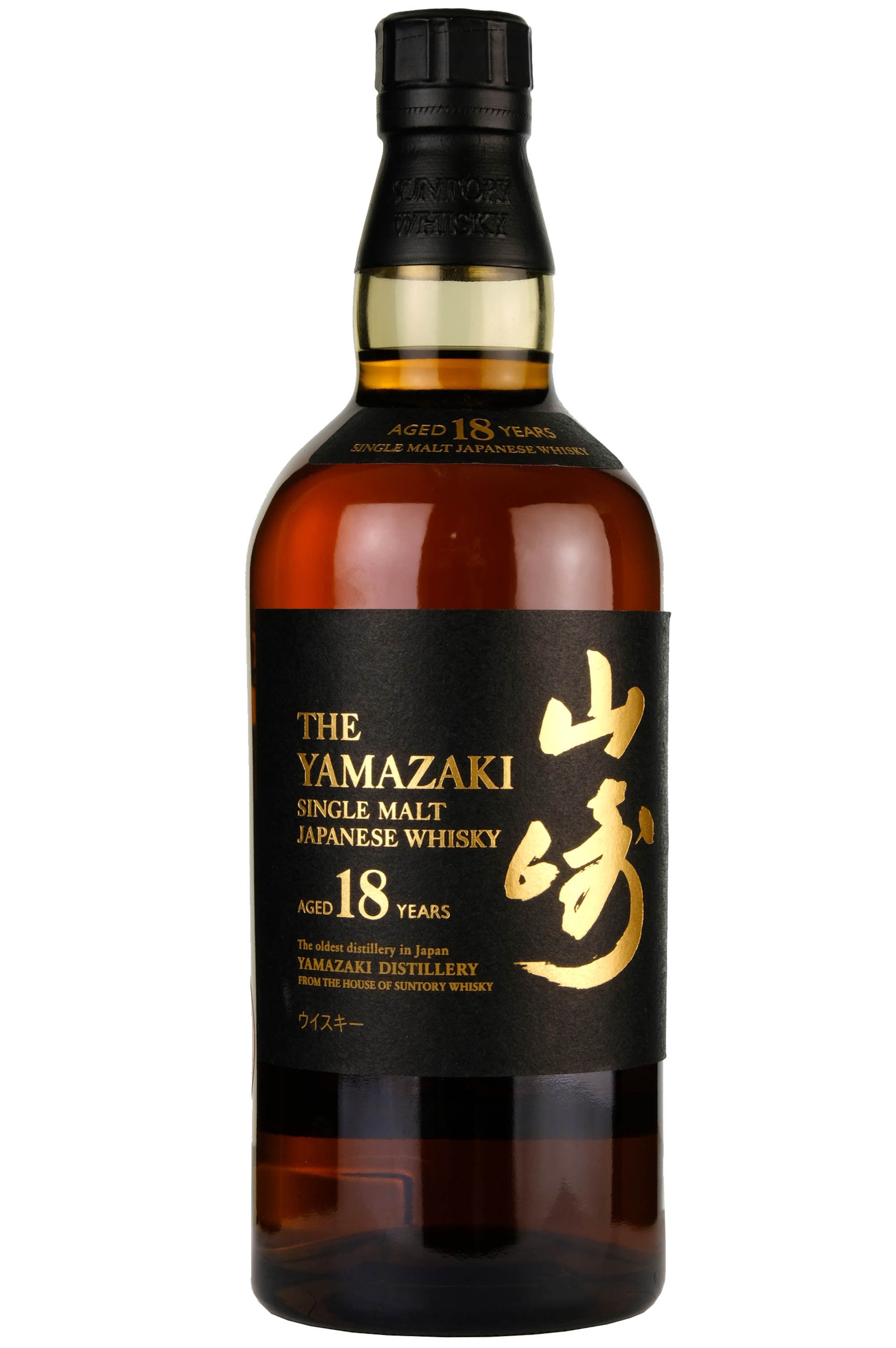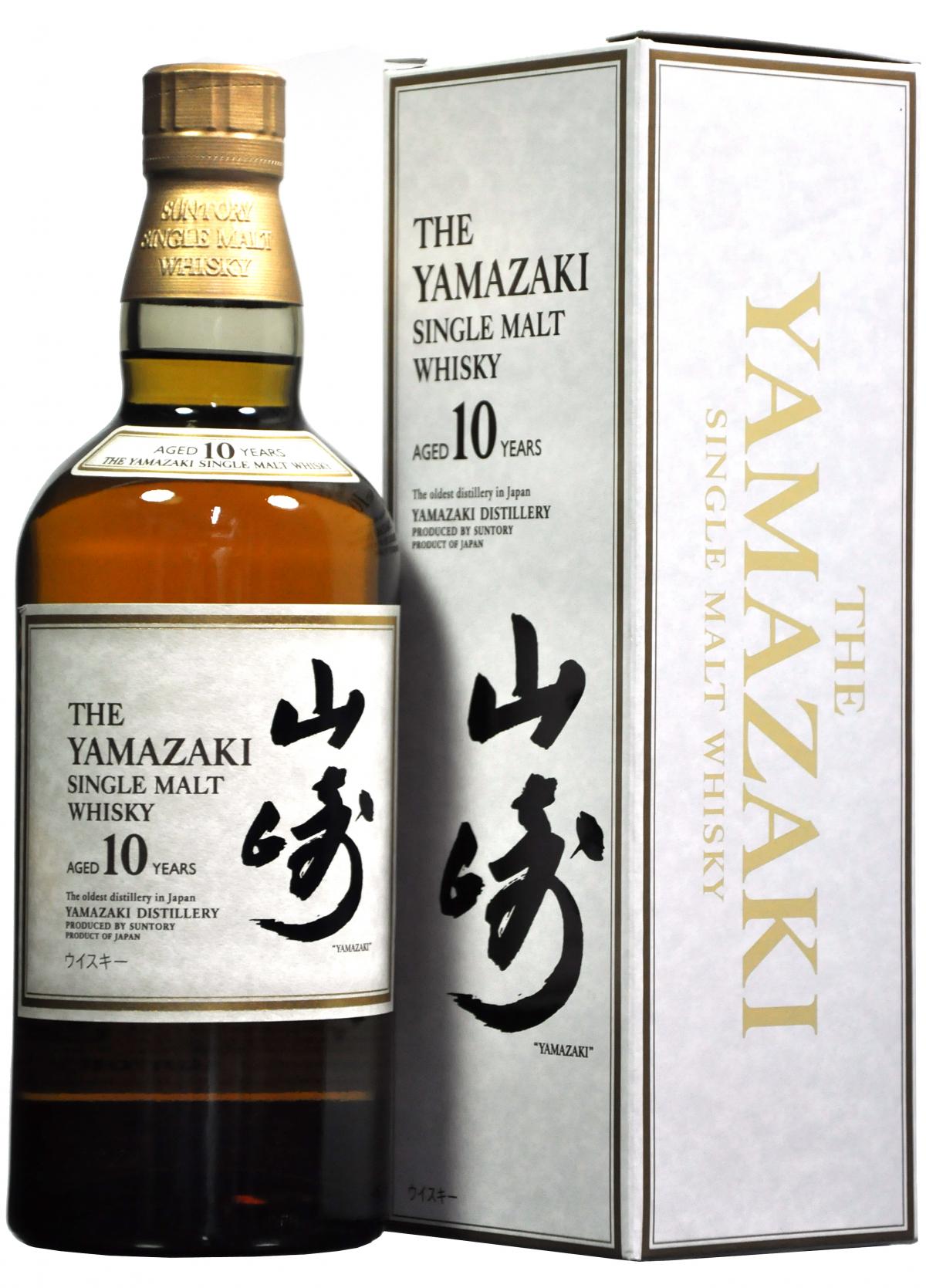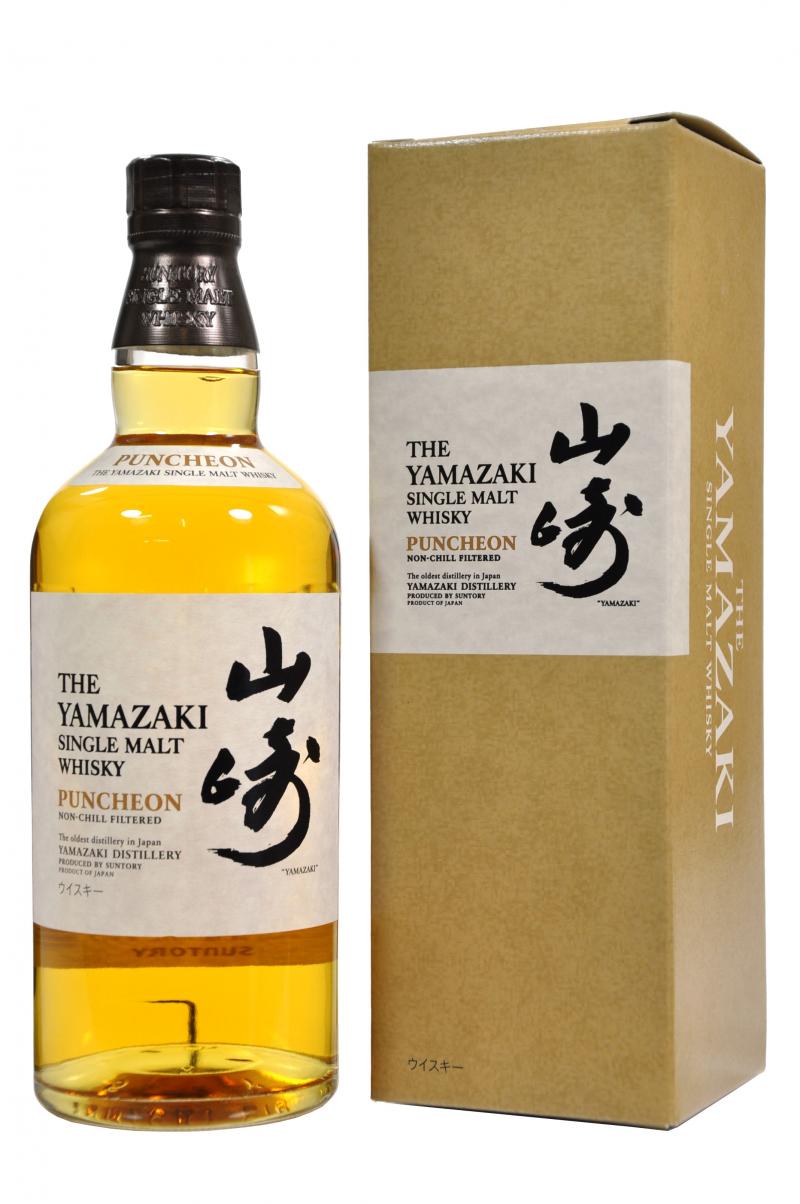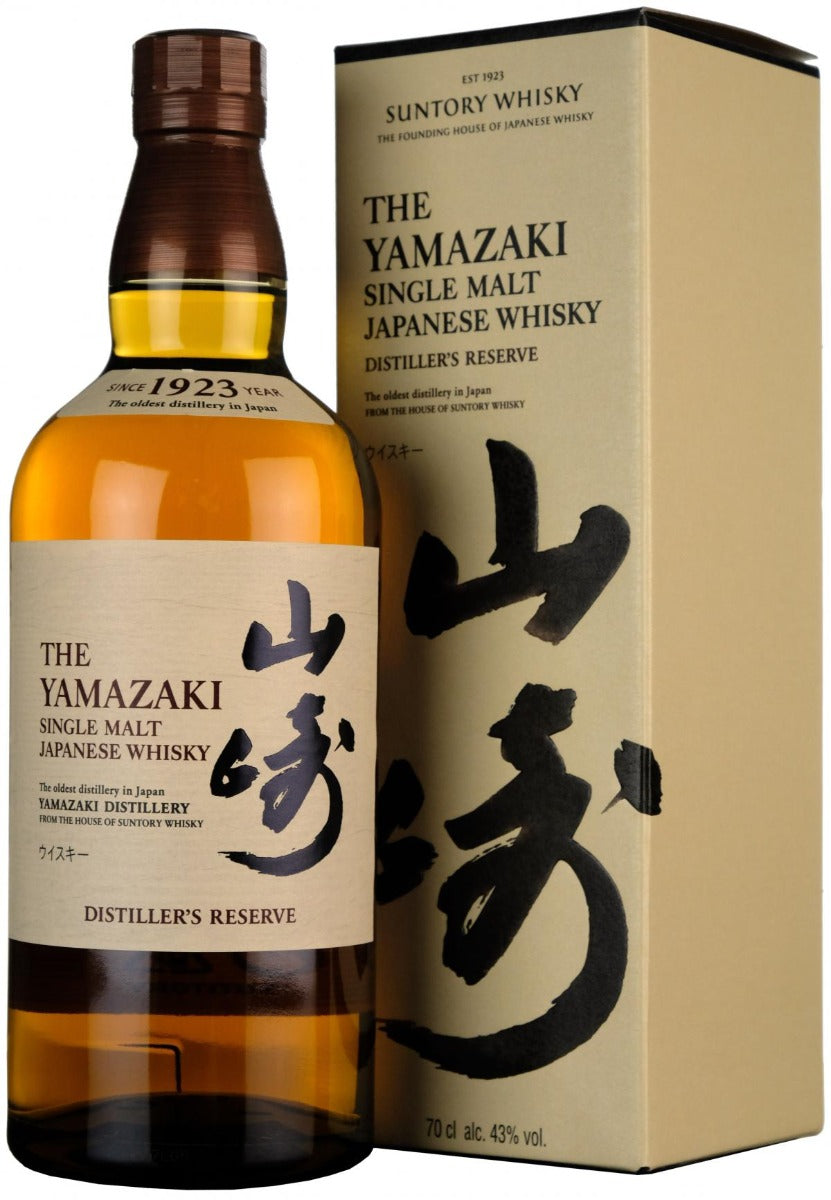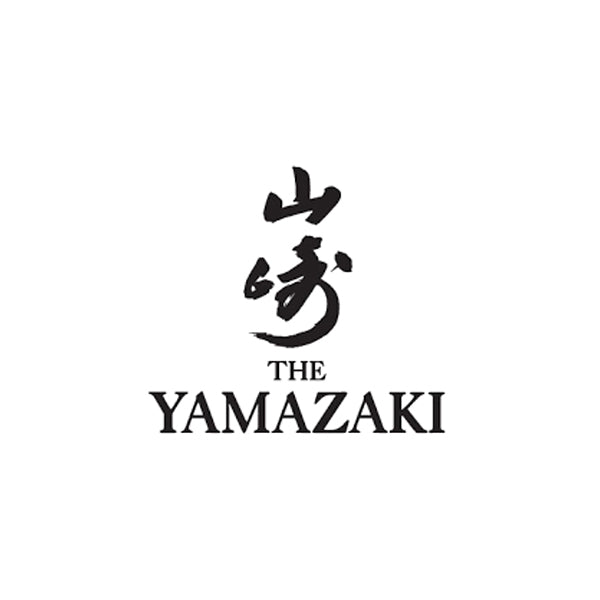Loved the pricing and delivery was impeccable
If you like your Whisky matured in a sherry cask then you will not be disappointed with this one, the flavours transferred from the Oloroso butts are unmistakably sherry, with a mixture of fruitiness coming through once you’ve added a slug of water, in my opinion at this cask strength you need need a good measure of H2O to really appreciate this very fine reasonably priced Whisky.
Definitely would buy again !
Didn’t last long too nice

